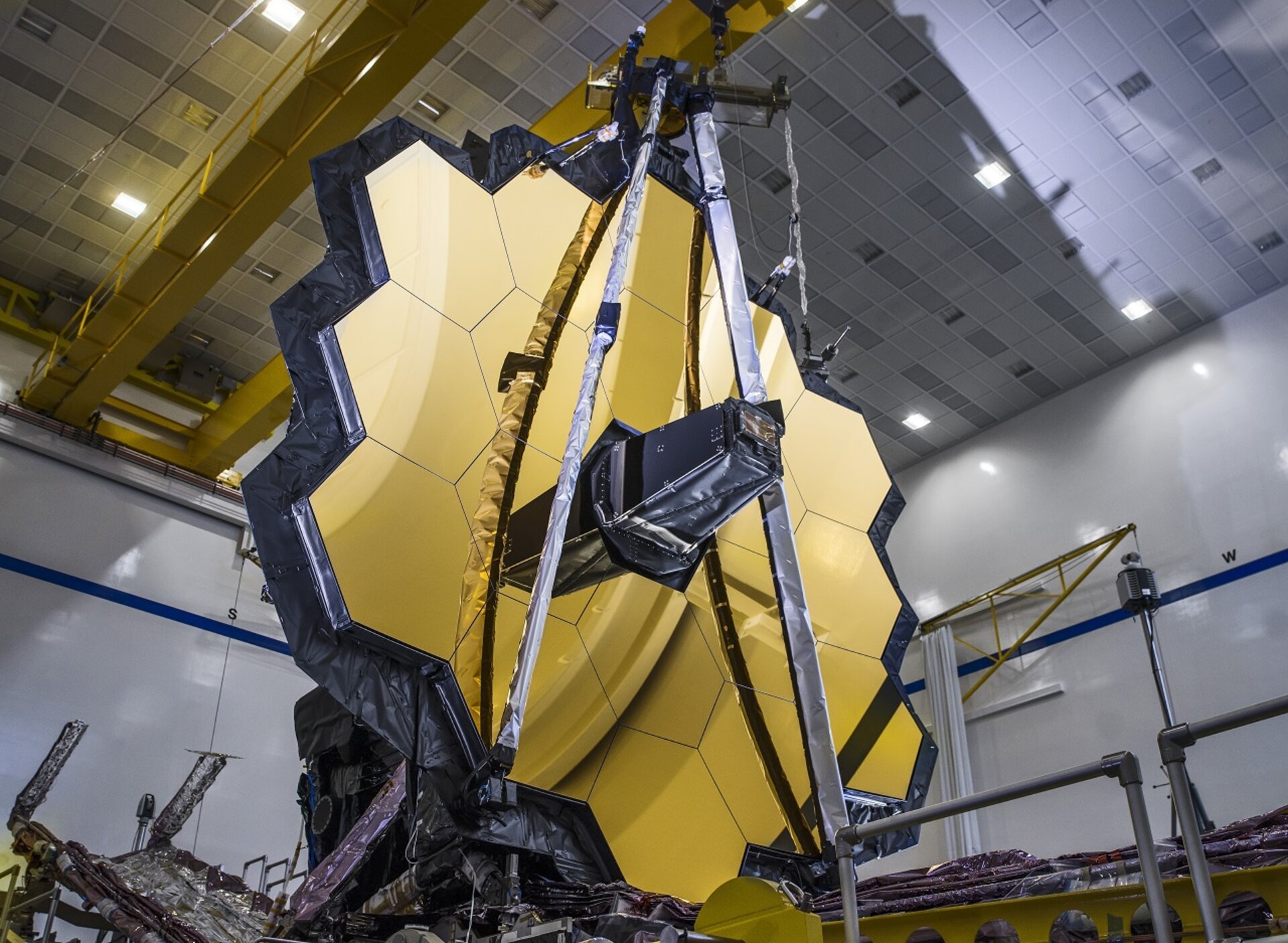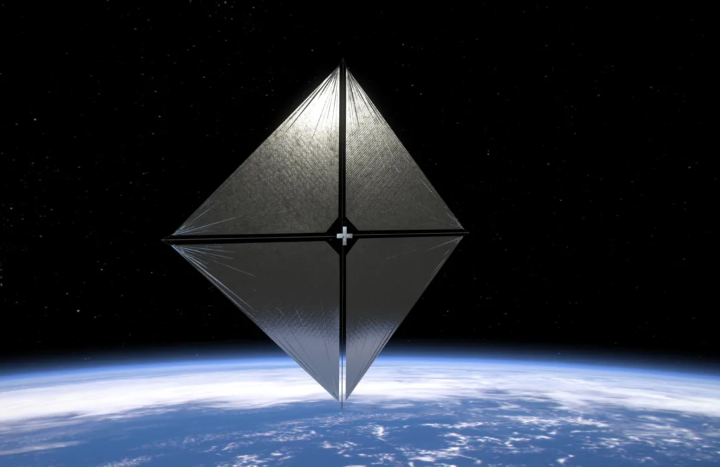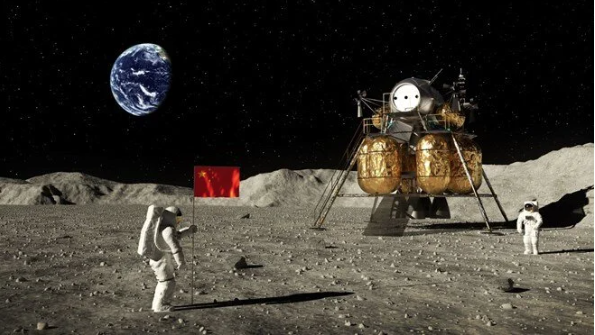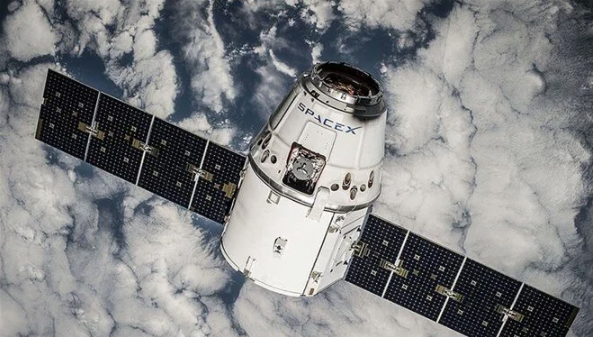Time Machine of the New Age: James Webb Telescope
The James Webb Space Telescope, dubbed humanity’s greatest gamble in its quest to explore the universe, was launched on December 25, 2021 from kourou spaceport in French Guiana on an Ariane 5 rocket supplied by the European Space Agency (ESA).
The James Webb Space Telescope, a telescope developed by NASA with the help of the European Space Agency and the Canadian Space Agency, will now begin the riskiest part of its mission and deploy all the pieces of its massive mirror needed to look deep into the universe towards the beginning of time.
If it can successfully deploy solar panels, pop-up tower assembly, and all primary and secondary mirrors, the Webb Telescope will begin to receive more data than ever before and explore the universe with an unprecedented set of tools and capabilities.
Now, let’s examine some of the amazing new engineering used in the design and implementation of the telescope, and 6 facts that we are very excited about.
1- The James Webb Space Telescope is lighter than the Hubble Space Telescope.
In most cases, except for exceptions, if you want to create a larger version of something, the new product will be heavier. But that’s not the case here at all.
Compared to Hubble, which is 2.4 meters in diameter, has a main mirror and a 4-square-meter collection area, the James Webb telescope consists of 18 different mirror parts with a diameter of 6.5 meters and has a collection area of 25.37 square meters. Webb weighs about 6,500 kilograms, while Hubble’s weight has reached about 11,100 kilograms with various improvements over the years.

2-Although they may look gold, James Webb’s mirrors are actually made of beryllium.
Although each of the mirrors was gold-plated, it would be disastrous to make the mirrors entirely made of gold. The main reason for this is possible thermal expansion. Even at very low temperatures, gold greatly expands and shrinks with small temperature changes. However, beryllium can be polished by cooling to cryogenic temperatures, and when cooled back to operating temperatures, possible defects in room temperature can be eliminated. The Webb Telescope was also gold-plated after being produced from beryllium and finalized.
3- One side will be as hot as Death Valley and the other side will be as cold as Antarctica.
The reason James Webb needs to be placed so far from Earth, rather than low Earth orbit like Hubble, at lagrange point (L2) is that it will be cooled more passively than ever before.
In particular, Webb has designed a massive five-tiered sun visor that reflects most of the sunlight and protects the layer below it. If it were in Low Earth Orbit, infrared heat emitted by earth would prevent the telescope from reaching the required low temperatures.
Each layer of the telescope’s enormous diamond-shaped solar shield has a “warm side” facing the Sun and a “cold side” facing the telescope. The outermost layer, the warmest side, is predicted to reach a temperature of 110 °C, while the cold side will cool to -237 °C. In other words, it’s not like we’re going to One side of the telescope will be warmer than Death Valley, and the other side, which houses mirrors and equipment, will always be twice as cold as Antarctica.
4- It will be about four times further away from the moon.
Hubble will be only 300 miles from Earth, while the James Webb Telescope will be millions of miles from us. This distance is roughly four times the distance between the Earth and the moon.
It will take about a month for the telescope to reach this point from Earth, known as Lagrange point 2 or L2, 1.5 million kilometers away. At this distance, the telescope’s observations will not be obstructed by the Earth and the moon. The risky thing about being so far away is that, without a doubt, in the event of any failure, we don’t have the opportunity to go and fix it yet.
Shortly after Hubble launched in 1990, engineers noticed something wrong with its mirror. Realizing that the first images from the telescope were blurry, the astronauts had to launch a space shuttle to solve this problem. Unfortunately, that won’t be possible with the Webb telescope.
5- It will act as a time machine.
The speed of light, the speed limit of the universe, is constant. I mean, the stars we see in the night sky appear to us like they were millions of years ago. Because infrared telescopes can see farther and fainter objects than previous technology, Webb can be thought of as a kind of time machine that allows astronomers to study the evolution of the universe from the beginning to the present. This also includes finally understanding the nature of dark matter, which is thought to be responsible for the accelerating expansion of the universe.
The Webb telescope should be able to see light from the first stars to appear about 13.5 billion years ago. Because it will point to where the first elements that made us who we were also appeared. Wouldn’t it be so exciting to see where we were born? “After all, we’re all stardust.”
6- When his time is up, he will reside in a “cemetery” around the sun.
Hubble has been operating for more than three decades since its launch, thanks to four successful maintenance tasks. However, Webb has to use his fuel when he wants to do anything that involves movement. Some of these actions include:
Perform an ignition to correct its course towards its target in L2.
Making orbital adjustments to keep it in orbit on L2.
Directing itself to the desired destination
When the telescope runs out of fuel, the operations will be over. However, we cannot leave it there to be dragged away, as it would potentially jeopardize future missions to L2. Instead, just like NASA’s WMAP satellite, we’ll send it into a graveyard orbit where the sun will remain in orbit.
Result:
It will take about a month for Webb to reach its intended position and fully operational, but the next two weeks are particularly critical. The telescope folded brilliantly like a giant origami to fit inside the nose cone of the Ariane rocket. In the coming days, all these components need to be turned on, and if an engine decides not to start or gets stuck in the process, the entire telescope could become the most expensive space junk ever.
But if everything goes smoothly and JWST works smoothly, we will see and discover things we have never seen before for the next 10 years. Webb will give us a better understanding of our universe and our place in it and who we are.
Source and Read Ahead
- Brian Resnick, The largest space telescope in history is about to blow our minds, https://www.vox.com/science-and-health/22664709/james-webb-space-telescope-launch-date-december-science-hubble
- How It Works Team, Ten amazing facts about the James Webb Space Telescope, https://www.howitworksdaily.com/ten-amazing-facts-about-the-james-webb-space-telescope/
- Max Planck Institute for Astronomy, James Webb Space Telescope – “We Expect Ground-Breaking Findings”, https://scitechdaily.com/james-webb-space-telescope-we-expect-ground-breaking-findings/
- Tibi Puiu, The James Webb Telescope finally launches into space where it will revolutionize astronomy, https://www.zmescience.com/science/the-james-webb-telescope-finally-launches/
- Ethan Siegel, 10 unbelievable but true facts about NASA’s James Webb Space Telescope, https://bigthink.com/starts-with-a-bang/10-facts-james-webb/





